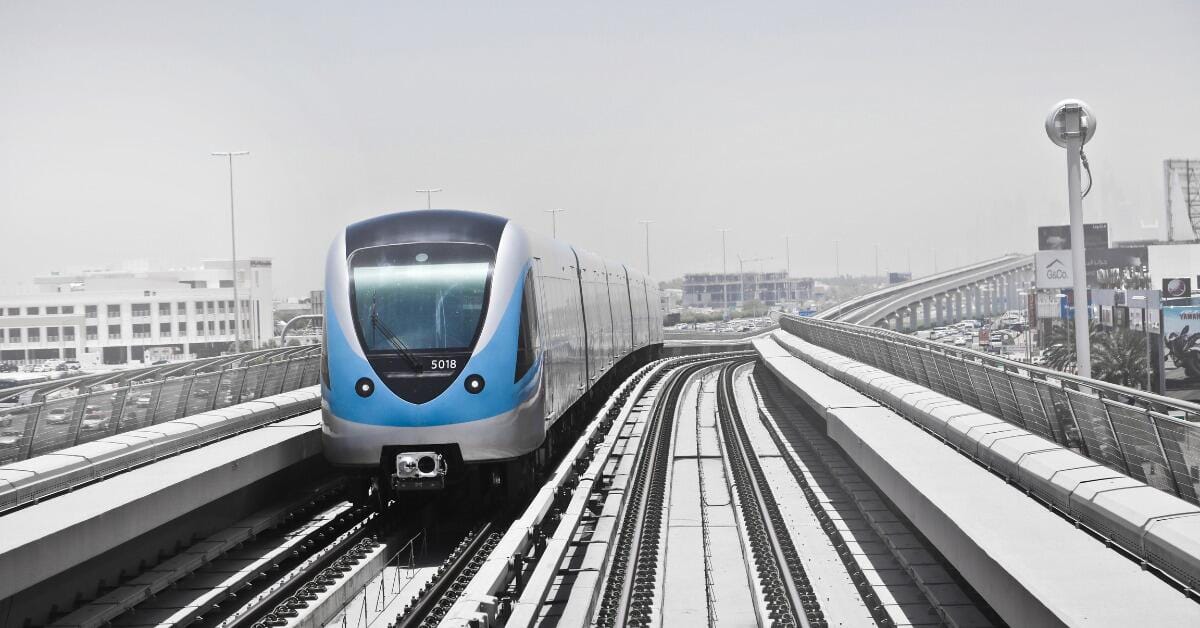
Table of Contents
Germany has officially taken a major step and is leading a green transport revolution with the world’s first fully hydrogen-powered train fleet. It is replacing traditional diesel engines with clean, emission-free technology. These futuristic trains produce zero carbon emissions and leave nothing but pure water vapor. This move marks a new era in sustainable travel. It sets a powerful example for other nations aiming to reduce their carbon footprints.
What Makes These Trains Special?
Germany’s hydrogen trains are more than just a technology upgrade. They represent a complete shift in how we think about travel. These trains have.
- Emit zero carbon dioxide.
- Run on compressed hydrogen fuel cells.
- Produce only pure water vapor as a byproduct.
- Can travel up to 1,000 km on a single tank
- Reach speeds of up to 140 km/h
Compared to diesel trains, hydrogen-powered trains are quieter, produce no pollution, and require less maintenance. This makes them a good option for both rural and intercity routes.
Why Is This Important?
Germany’s hydrogen trains are part of a larger push towards greener networking technologies like Energy Efficient Ethernet (EEE), reducing energy waste in communication systems. Just as we transition in transport, understanding nuclear fission vs fusion provides insight into clean power generation. Europe has set a goal to become carbon-neutral by the year 2050. To achieve this, big changes are needed, especially in the transportation sector, which creates nearly 25% of all greenhouse gas emissions. One important step is Germany’s move to hydrogen trains. These trains are clean and run without polluting the air, unlike diesel trains that release a lot of CO₂. By switching to hydrogen-powered trains, Germany is helping to lower air pollution and protect the environment. Official reports say that in just one region, this switch could stop up to 4,400 tons of CO₂ from entering the air every year. This is a big step toward a cleaner, greener Europe.
A Scenic, Silent Revolution
One of the most beautiful parts of this project is how well the hydrogen trains fit into nature. In places like Lower Saxony and Bavaria, these trains now move quietly through forests, mountain areas, and peaceful villages. They don’t harm wildlife or release smoke into the air.
Passengers say the ride is much quieter and smoother than before. People living near the train tracks also notice a big change; the air is cleaner, and there’s much less noise. This makes life better for both nature and local communities.
How Do Hydrogen Trains Work?
Hydrogen trains run using fuel cells that turn hydrogen and oxygen into electricity. This electricity powers the train’s motors. The only thing they release is water vapor, no smoke or harmful gases.
There are no fuel leaks, no pollution, and no need for fossil fuels. The hydrogen is kept in special high-pressure tanks on the train. When it runs low, the train is refueled at special hydrogen stations, which work like gas stations but are made for trains and other large vehicles. Meanwhile, advanced physics concepts such as Is antimatter dangerous? and how much antimatter to destroy Earth spark curiosity about future energy possibilities and risks.
Is Hydrogen Travel Cost-Effective?
Although setting up hydrogen train systems costs a lot at first, they save money in the long run. Diesel prices keep changing, and rules about cutting carbon emissions are getting stricter. Because of this, hydrogen is now seen as a smart and green option.
Germany has also received support from the government and funding from the European Union to use this technology across the country. Other nations are watching closely and may start using hydrogen trains too.
What’s Next for Germany?
By 2025, Germany plans to grow its hydrogen train network in several states, linking small towns with big cities. The government is also putting money into making green hydrogen from renewable energy, so the whole system stays clean and carbon-free.
Countries like France, Japan, and the UK are testing similar ideas, but Germany is the first to use hydrogen trains fully for public transport.
By replacing diesel trains with clean hydrogen ones, Germany is showing the world that clean energy isn’t just for the future, it’s already here.
Because the climate disaster worsens and the planet warms, we want real solutions that paintings proper now. Hydrogen trains are secure, reliable, and excellent for the environment.
If Germany’s plan works across the whole country, it could change public transportation around the world, leaving behind only a trail of water vapor.
